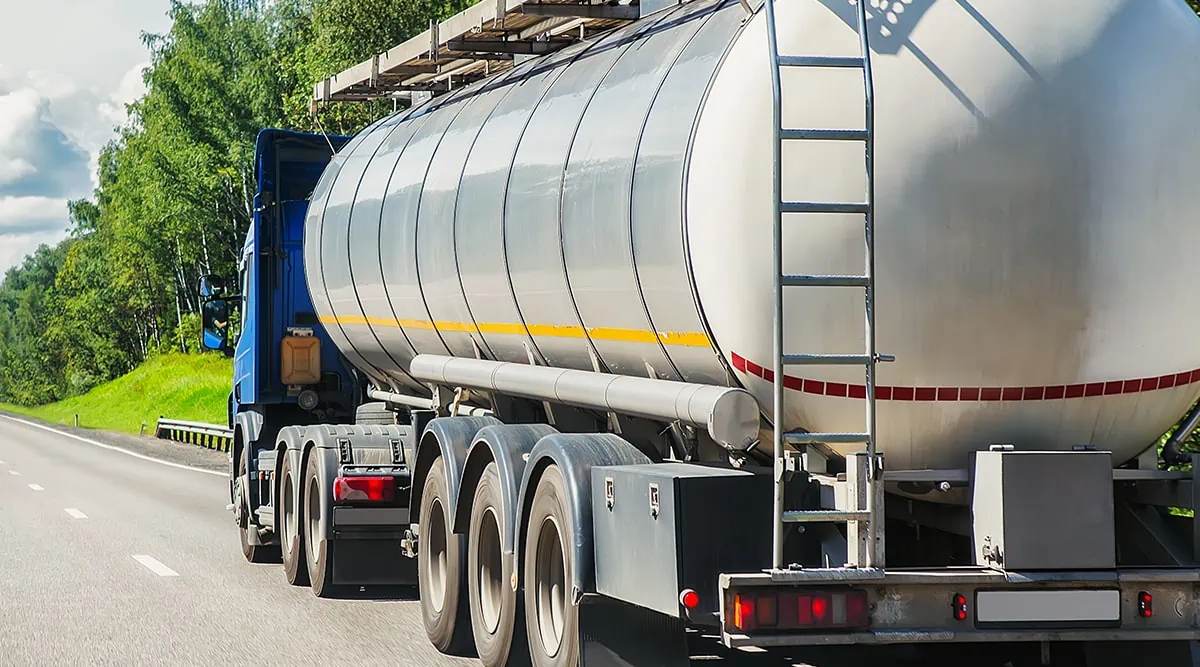Getting My Reclaim Waste To Work
Table of ContentsThe Main Principles Of Reclaim Waste Reclaim Waste Can Be Fun For AnyoneReclaim Waste Can Be Fun For EveryoneThe Ultimate Guide To Reclaim WasteTop Guidelines Of Reclaim Waste
Residential sewage waste refers to the waste and items from a property septic storage tank. The appropriate administration and disposal of domestic sewage waste need liquid waste to be transferred to a sewage treatment plant where the appropriate techniques and tools are used to purify and dispose of waste.
Commercial waste frequently includes possible hazards, such as combustible products or a mix of fluid and strong waste items, and calls for a much more advanced and comprehensive disposal process. The disposal of business waste generally includes the purification of waste prior to transportation to ensure safe and appropriate disposal. Hazardous waste is developed from byproducts and drainage of industrial procedures and production.
This sort of waste can not make use of the same sewage monitoring transport or processes as septic or business liquids. The hazardous waste administration procedure requires the assessment and testing of fluid waste prior to it undertakes the disposal process (liquid waste disposal melbourne). Overflow waste is the liquid waste that originates from overflow and excess stormwater in highly inhabited areas or cities
Drainage waste can create contamination and flooding if not managed properly. Making certain correct waste administration can protect against calamities and minimize environmental injury.
Reclaim Waste - Truths
Contact PROS Providers today to discover concerning our waste administration and disposal solutions and the proper methods to care for the liquid waste you produce.
(https://reclaimwaste1.start.page)Do you understand what happens to your water when you end, flush the toilet or drain pipes the cleaning equipment? No? Well, it deserves knowing. This supposed 'wastewater' is not only an important resource however, after treatment, will certainly be released to our land, rivers or the ocean. Made use of water from toilets, showers, bathrooms, kitchen sinks, washings and industrial procedures is referred to as wastewater.

water utilized to cool down equipment or clean plant and devices). Stormwater, a form of wastewater, is overflow that moves from agricultural and metropolitan locations such as roofs, parks, yards, roadways, courses and rain gutters right into stormwater drains, after rain. Stormwater flows unattended directly to regional creeks or rivers, at some point getting to the ocean.
Reclaim Waste for Beginners
In Queensland, the majority of wastewater is treated at sewage treatment plants. Wastewater is delivered from residential or commercial websites via a system of sewers and pump stations, called sewerage reticulation, to a sewage treatment plant. Neighborhood governments develop, maintain and operate most sewer therapy plants. Operators are certified under the Environmental Management Act 1994 to release treated wastewater at an acceptable environmental requirement right into waterways.
The Division of Natural Resources he said encourages regional federal governments concerning managing, operating and preserving sewerage systems and therapy plants. In unsewered areas, city governments may need owners to mount specific or home sewage therapy systems to deal with residential wastewater from toilets, cooking areas, bathrooms and laundries. The Department of Natural Resources authorizes the use of house systems when they are verified to be effective.
A lot of stormwater gets no treatment. In some new class, treatment of some stormwater to eliminate litter, sand and crushed rock has actually begun utilizing gross pollutant traps. Wastewater treatment occurs in four stages: Removes solid matter. Bigger solids, such as plastics and other things incorrectly released to sewage systems, are removed when wastewater is gone through screens.
Uses small living microorganisms recognizes as micro-organisms to break down and remove staying liquified wastes and great particles. Micro-organisms and wastes are integrated in the sludge.
An Unbiased View of Reclaim Waste
Nutrient elimination is not readily available at all sewer therapy plants because it needs costly specialist devices. Clear liquid effluent produced after treatment may still include disease-causing micro-organisms - industrial wastewater treatment.

The majority of wastewater streams into the sewage system. Under the Act, regional federal governments carry out approvals and permits for eco appropriate activities (Periods) including wastewater releases that could have a neighborhood effect.
Some Known Factual Statements About Reclaim Waste
Otherwise, samples are considered laboratory analysis. Often lots of tests are required to develop the levels of each of the various toxins such as oils, hefty metals and chemicals in water. Surveillance offers valid information regarding water quality and can validate that licence problems are being satisfied. The details obtained with surveillance offers the basis for making water quality choices.